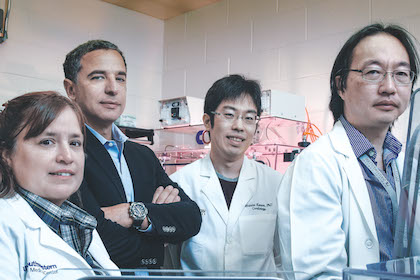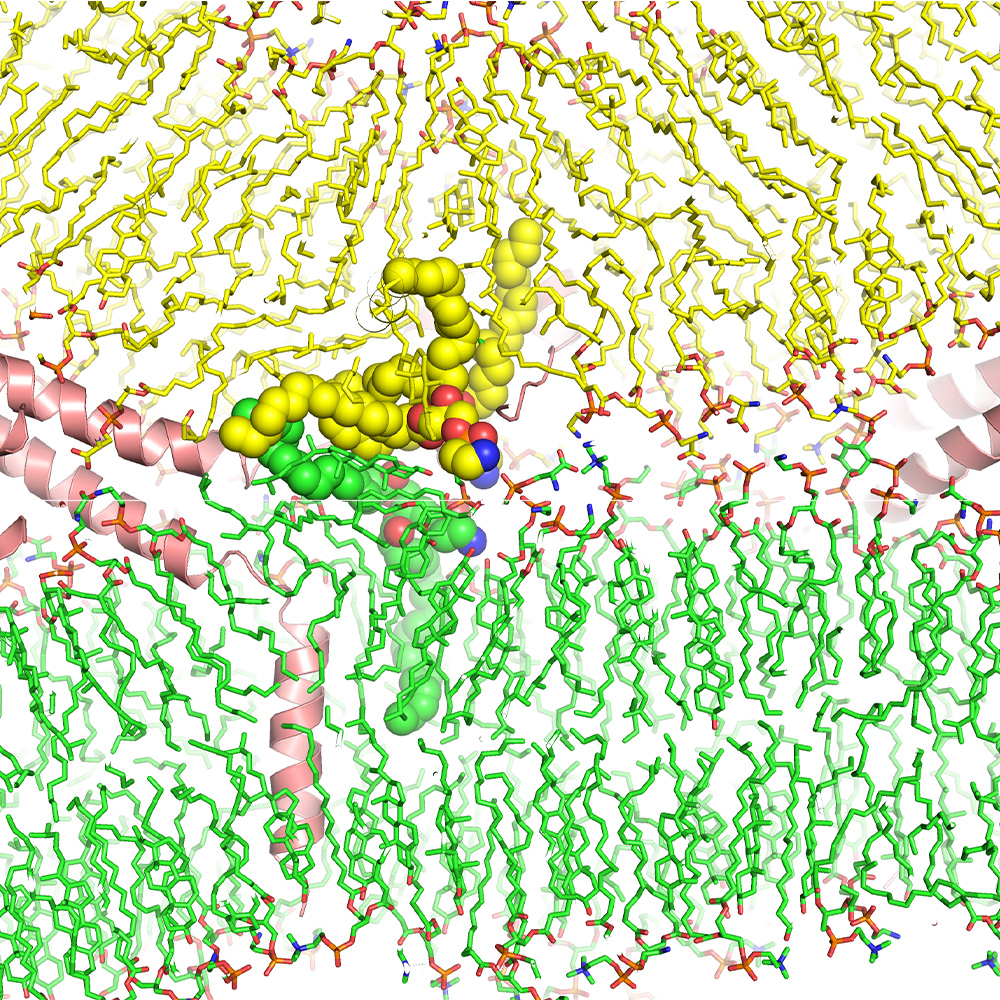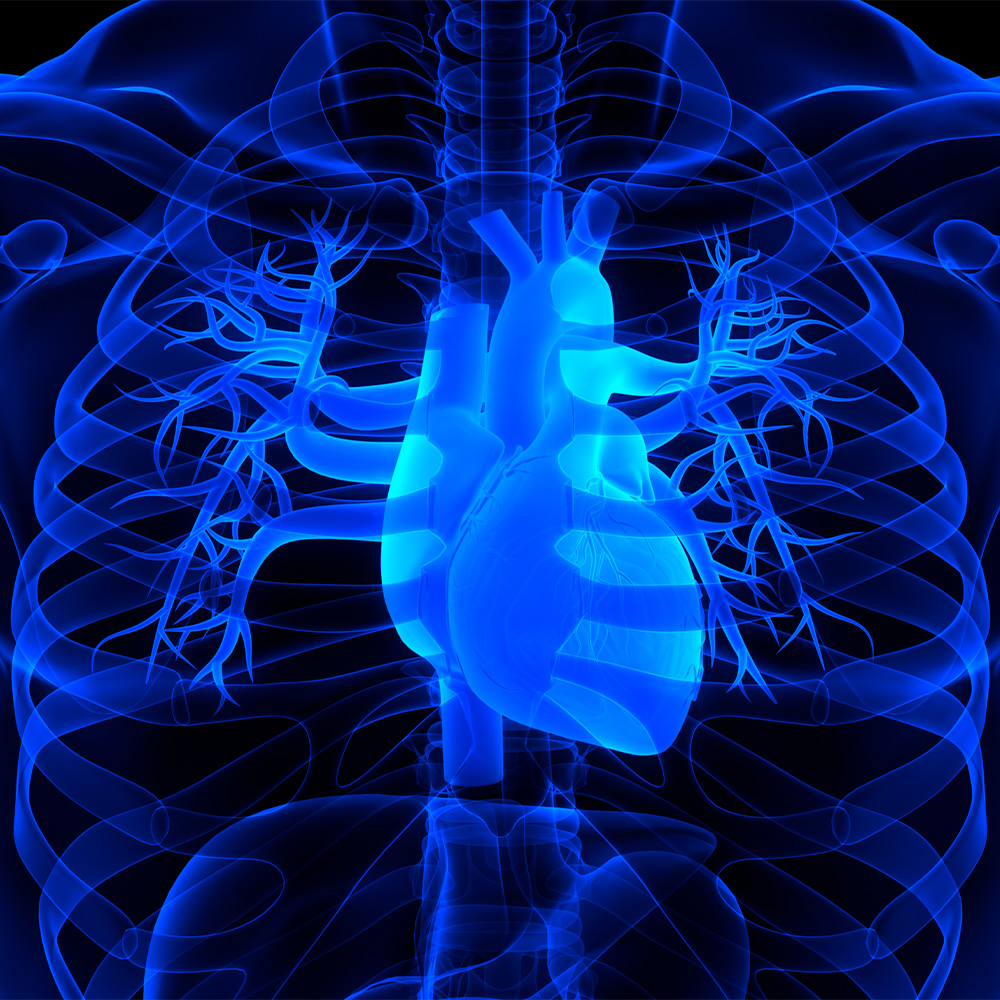Low oxygen: The potential key to heart regeneration
Normal, healthy heart muscle is well-supplied with oxygen-rich blood. But UT Southwestern cardiologists have found that depriving the heart of oxygen may repair hearts damaged by disease. In lab environments, they’ve been able to regenerate heart muscle by placing mice in an extremely low-oxygen environment.

“In theory, creating a low-oxygen environment could lead to repair not only of heart muscle, but of other organs as well,” said Dr. Hesham Sadek, Associate Professor of Internal Medicine and Associate Director of the Hamon Center for Regenerative Science and Medicine. “Although exposure to this level of hypoxia can result in complications, it is tolerated in humans when performed in a controlled setting.”
Heart disease is the leading cause of death in the U.S., according to the Centers for Disease Control and Prevention. An estimated 5.7 million people have heart failure, which is the inability of the heart to pump enough blood to keep up with the demands of the body. There are no current treatments to regenerate heart muscle.
In this study, researchers with the Hamon Center gradually lowered the oxygen level in the air breathed by mice until it was at 7 percent – about the concentration of oxygen at the top of Mount Everest. After two weeks in the low-oxygen environment, the heart muscle cells – called cardiomyocytes – divided and grew. Under normal circumstances, cardiomyocytes do not divide in adult mammals.
The findings, published in Nature, build upon years of work at UT Southwestern that began with the discovery that the hearts of newborn mammals have the ability to regenerate, similar to the way skin has the ability to repair itself after a cut. But this ability of heart muscle to regenerate is quickly lost in the following weeks as the animal ages and cardiomyocytes are bathed in the oxygen-rich environment of the beating heart, causing oxidative damage to the muscle cell DNA.
“The adult human heart is not capable of any meaningful repair following a heart attack, which is why heart attacks have such a devastating impact,” said Dr. Sadek, who holds the J. Fred Schoellkopf, Jr. Chair in Cardiology. “Though counterintuitive, we’ve shown that severely lowering oxygen exposure can sidestep damage to cells caused by oxygen and turn cell division back on, leading to heart regrowth.”
Over a period of weeks, researchers lowered the oxygen level from the normal 21 percent to 7 percent, then monitored the mass and function of the heart. They demonstrated that reduced oxygen leads to both an increase in cardiomyocytes and improved heart function.
The researchers had tried a 10 percent oxygen environment, but found no heart regrowth at that level. To avoid oxygen damage to cells, oxygen levels needed to be very low, a situation referred to as hypoxia.
“This work shows that hypoxia equivalent to the summit of Mount Everest can actually reverse heart disease, and that is extraordinary,” said Dr. Benjamin Levine, Professor of Internal Medicine, who holds the Distinguished Professorship in Exercise Sciences and directs the Institute for Exercise and Environmental Medicine at Texas Health Presbyterian Hospital Dallas, a joint program of UT Southwestern and Texas Health Resources.
Although too early to translate into new therapies for human heart patients, these findings hold promise for the future. Worldwide, regenerative medicine like this has become a significant area of scientific focus.




